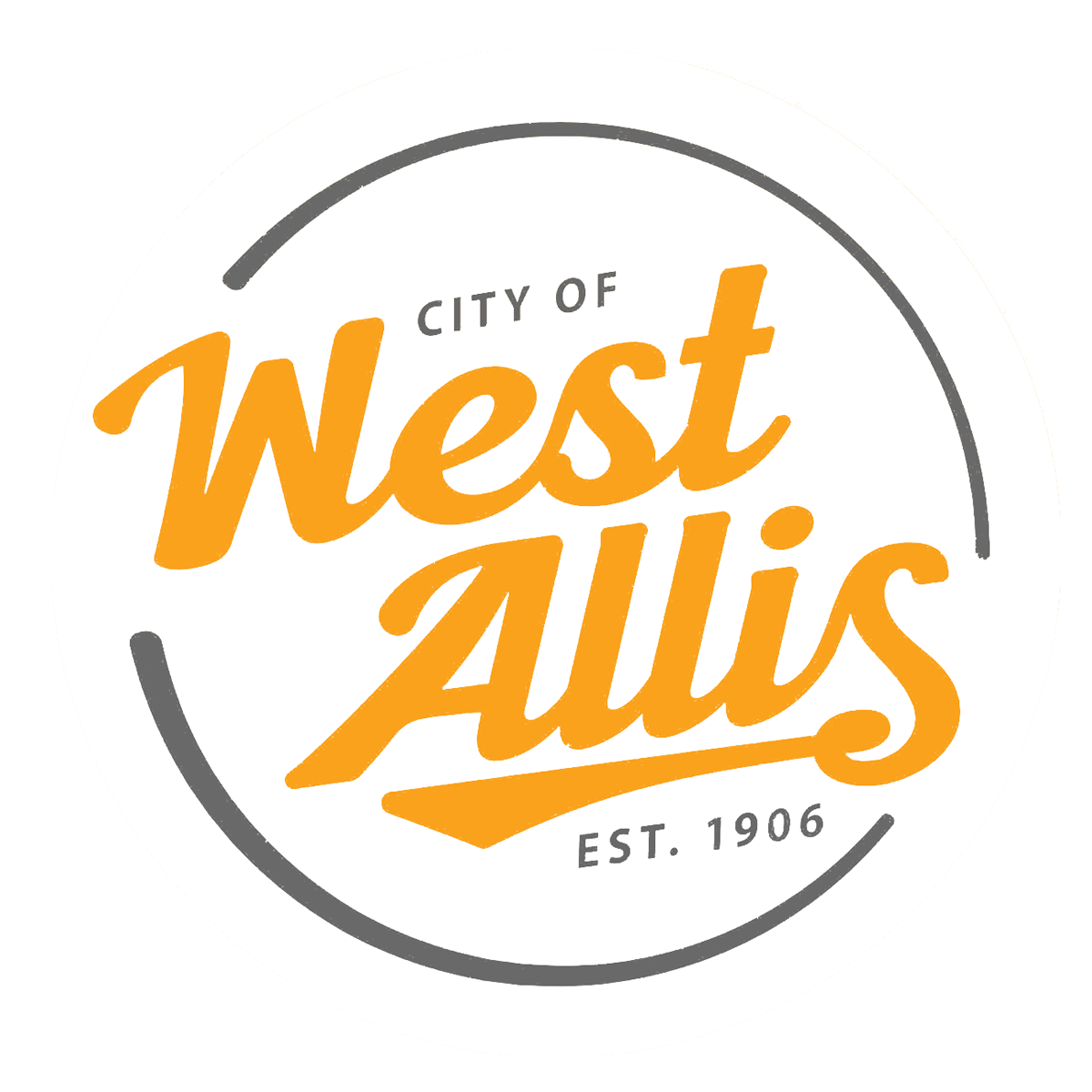Health Programs & Resources
Skip to content
Lead Poisoning Prevention
Lead poisoning in children is one of the most common preventable environmental related diseases, and 74% of all private housing built before 1980 contains lead paint. Those at greatest risk are children younger than six years old and pregnant women.
The most common source of lead is from leaded paint. Others include varnishes, drinking water, emissions, auto exhaust, solder, folk remedies, leaded mini-blinds, tinsel, and hobbies, such as stained glass ceramics or furniture refinishing.
Children are exposed to lead mostly from eating lead based paint chips or from dust and soil contaminated by lead paint. This contamination happens from deteriorating paint or home renovation. Lead does not break down or "go away" so as our homes become older, the paint can chip or flake and the risk of lead exposure increases.
Lead can affect every system in the body. It is extremely harmful to the developing brains of fetuses and young children; as their bodies grow, they absorb lead more efficiently. Children with elevated blood levels usually show no symptoms of poisoning at first. Low to moderate levels can cause decreased intelligence, growth, and behavior problems. Severe lead exposure can cause coma, convulsions and even death.
Ways parents can help protect against lead poisoning:
Have your child's blood lead level tested.
Keep your child away from peeling, chipping, or flaking paint.
Wash your child's hands often and before they eat.
Wash objects that children regularly put into their mouths.
Make sure your child eats at least three meals a day with foods high in iron and calcium.
Regularly dust and wet mop your home.
The Southwest Suburban Health Department provides free lead testing for children under the age of 6. Call 414-302-8600 to schedule an appointment.
Lead Prevention Web Sites:
Lead Interventions
Our staff are Wisconsin Certified Risk Assessors and provide prompt intervention in the case of a lead-poisoned child. This includes a full lead risk assessment, which includes a visual inspection, a test with an XRF (Lead-in-Paint Analyzer) and dust wipe sampling, and education to parents. Soil sampling, water testing, and toy or mini-blind testing is done as needed. Follow-ups are continued until the child has a lead safe environment.
Most of the homes in our community were built before 1980 and may have lead paint on the walls and windows. Chipping and peeling of old paint and the dust is created as you open and close old windows. These are the most common sources of lead poisoning in children. Other sources could include a parent's job and hobby.
Children under age 6 are at greatest risk for lead exposure. A child is lead poisoned if the lead level is equal or greater than 3.5 micrograms per deciliter. The only way to know if a child is lead poisoned is by getting a blood test. Contact your child's medical provider for more information.
Lead Poisoning Prevention Services
HEPA Vacuum -
The Southwest Suburban Health Department has a special HEPA filter vacuum cleaner available for residents of West Allis, Greenfield, and West Milwaukee to check out. This vacuum has a special filter designed to trap lead dust.
Health Department Follow-Up -
When a child is identified with an elevated lead level, a nurse contacts the family to offer information, developmental screening of the child, assistance in identifying the source of the lead exposure and counseling regarding follow-up lead testing and resources for lead abatement.
